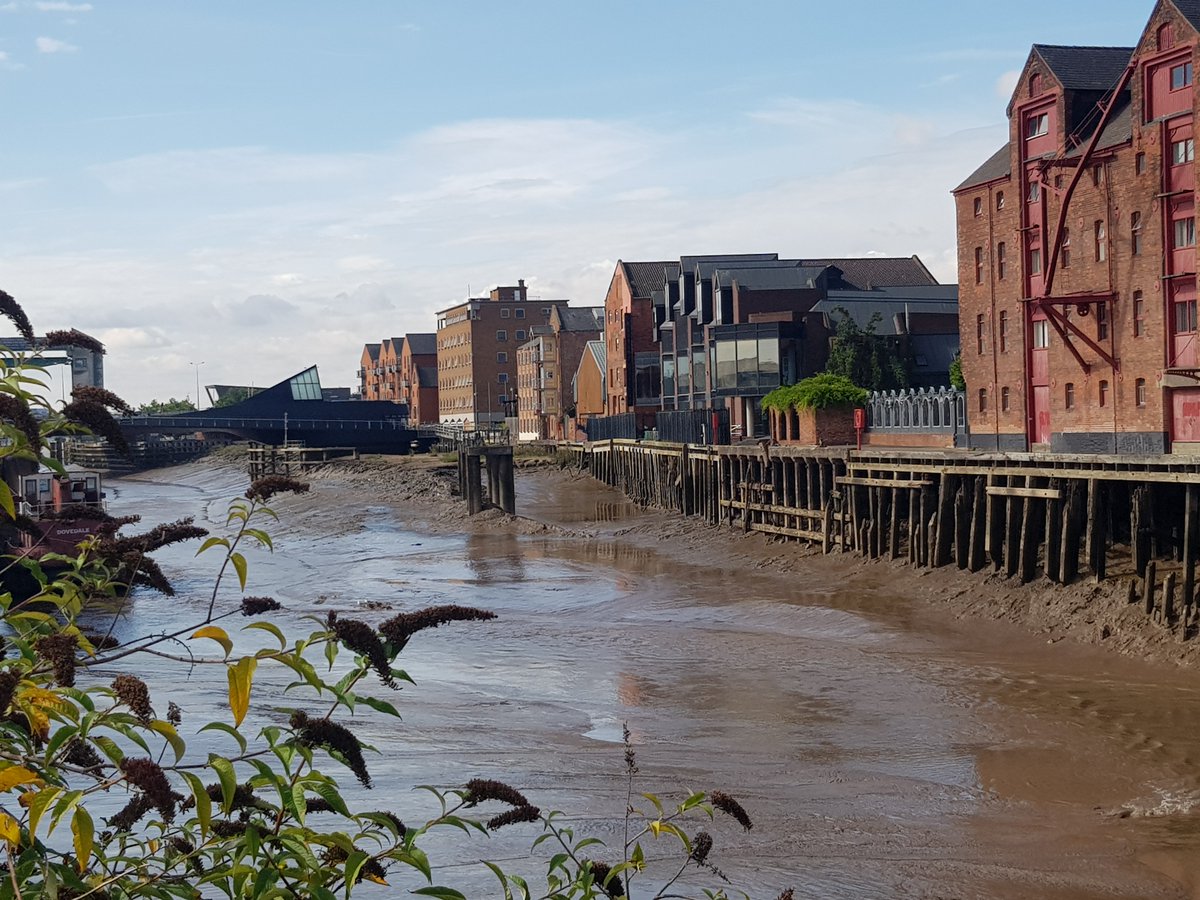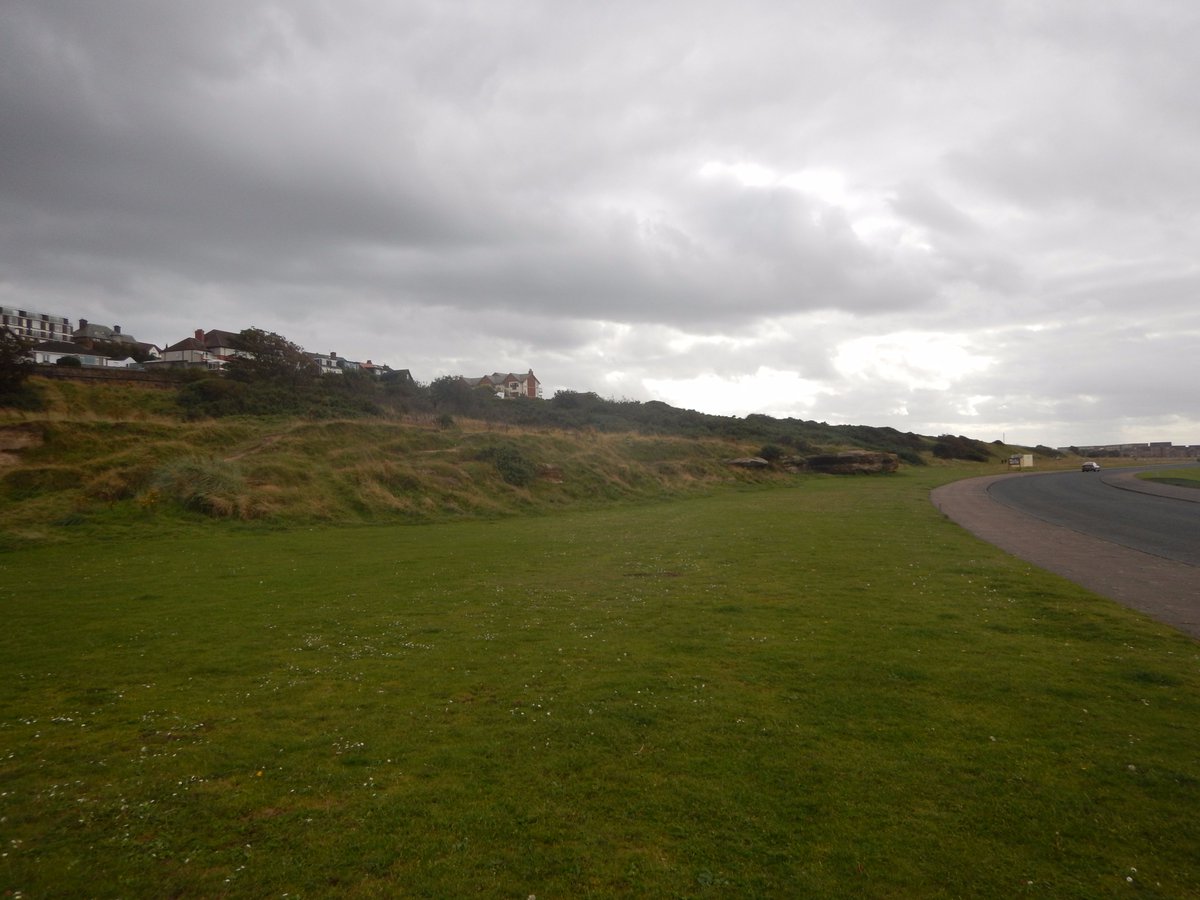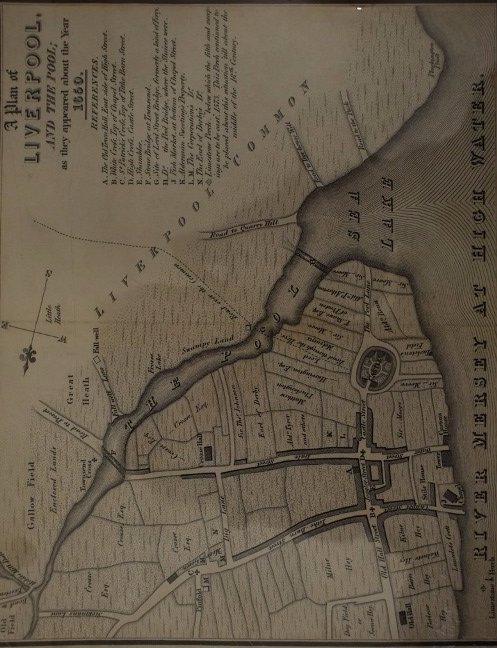Discover and read the best of Twitter Threads about #LowTideTrail
Most recents (5)
1/12. Welcome to the #SolentHarbours virtual #LowTideTrail around #FortonLake. This creek has an amazing number of vessels (around 30) from barges and lifeboats, to fishing vessels and military craft.
We hope you will enjoy #archaeology from home during the COVID crisis.
We hope you will enjoy #archaeology from home during the COVID crisis.

2/12. Forton Lake is actually a tidal creek, meaning that the water comes and goes each day. It’s fed by sea water coming in from #PortsmouthHarbour. As the tide goes out, the skeletons of abandoned vessels are revealed in the mud. Forton Lake is about 1km in length and 150m wide 

3/12. The collection spans over 100 years with boats dating from the 1800’s through to the 1960’s. There are 3 wooden barges, 2 ferries, 2 lifeboats, 3 fishing vessels, 9 military vessels & 4 unclassified vessels.
Welcome to today's virtual #LowTideTrail. Flamborough Head juts into the North Sea on the Yorkshire coast. The area has seen much defensive activity over 4500 years. We'll also see some #archaeology of lifesaving on our way. Let's take a look! @Active_Coast #HumberDiscovery 



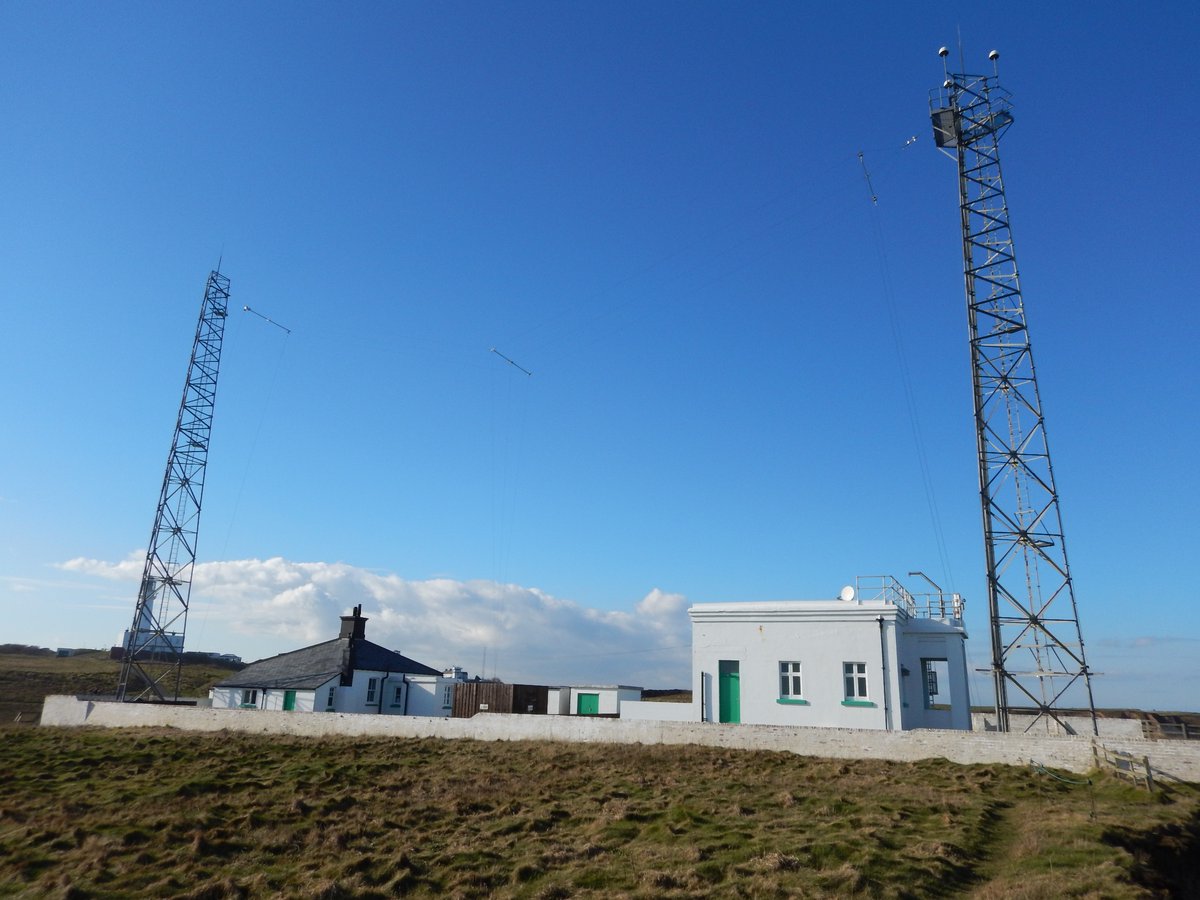

This stretch of coast was particularly hazardous to sailing ships. The North Landing Lifeboat station was built in 1871 & was 1 of 2 stations covering Flamborough Head. Footage of the final launch of the North Bay lifeboat can be found via @YorkshireFilm-
yorkshirefilmarchive.com/film/last-flam…
yorkshirefilmarchive.com/film/last-flam…

Yorkshire cobles are a traditional fishing boat used along this coast. Flamborough had an active fleet of cobles operating out of North landing. This example has been laid up.
Here's a film about fishing from North Bay in 1933-
yorkshirefilmarchive.com/film/north-lan…
Here's a film about fishing from North Bay in 1933-
yorkshirefilmarchive.com/film/north-lan…

Morning everyone! It's #LowTideTrail time! #NewBrighton developed from a coastal town, with a notorious history of smuggling and wrecking, into a booming and popular Victorian resort.
Let's take a look around and see what #archaeology we can see. #LiverpoolBayDiscovery
Let's take a look around and see what #archaeology we can see. #LiverpoolBayDiscovery

Hello and welcome to today’s virtual #LowTideTrail #archaeology walk. Today we’ll take a Twitter based tour of #Liverpool’s Albert Docks. Join us to learn about the cities maritime past #LiverpoolBayDiscovery 
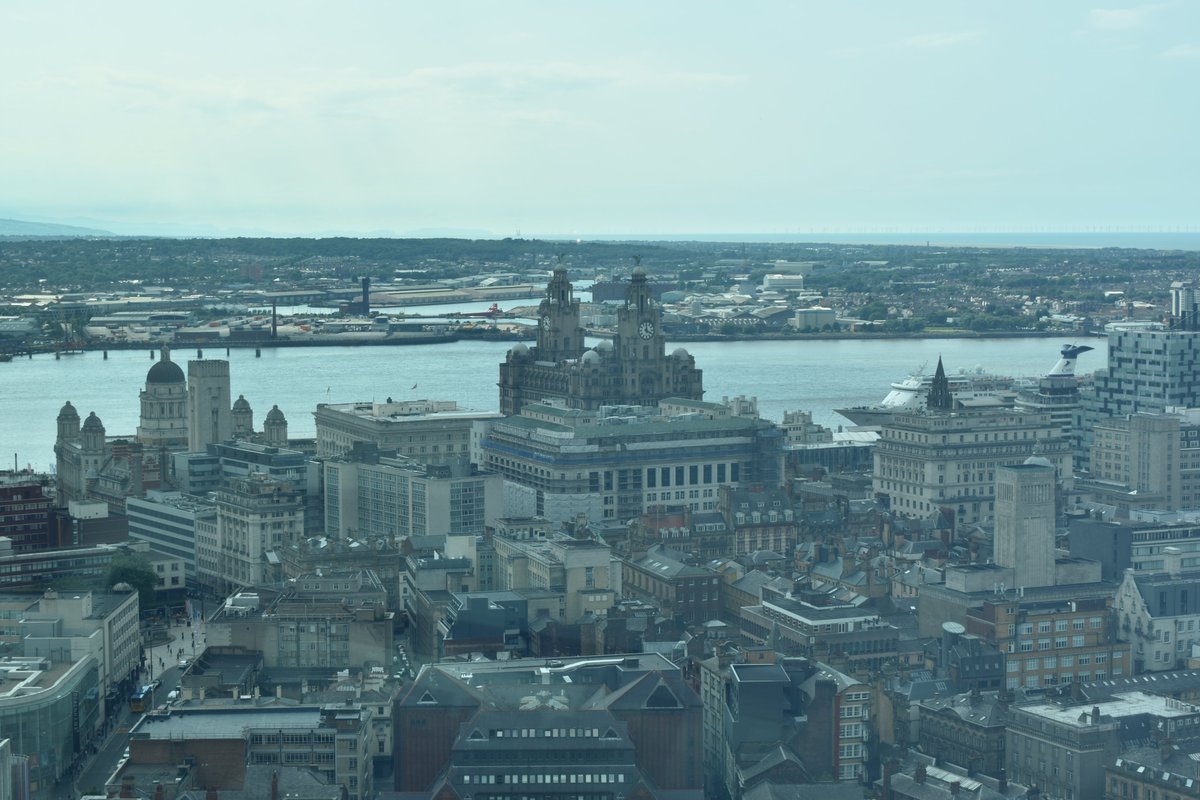
It’s Friday so time for another virtual #LowTideTrail #archaeology walk! Today we’ll take a Twitter based tour of Hull. Join us to learn about the city’s maritime past and its urban archaeology #HumberDiscovery 
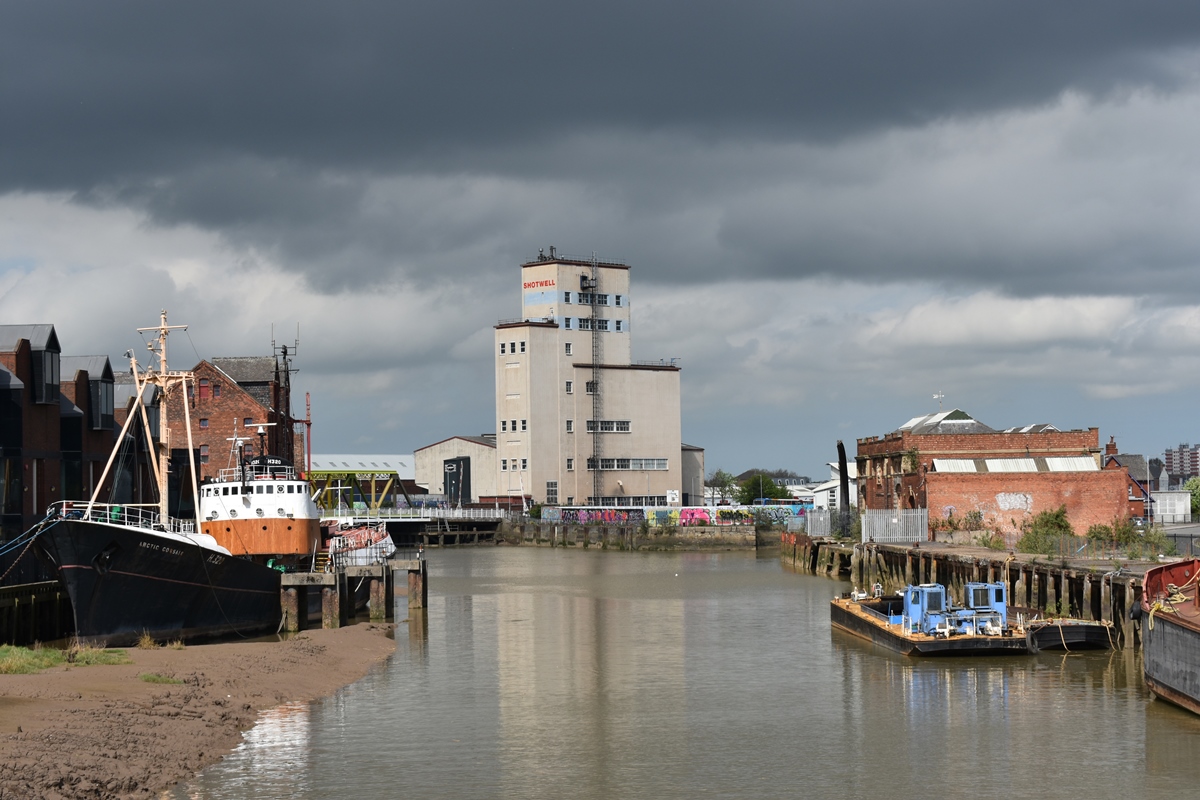
The site of the Hull and East Riding Museum, was once the site of a custom house. Deliberately located close to the River Hull, it proved difficult for custom officials to assess cargo due to the large numbers of boats moored there. Hull was well known for not paying exise duty. 
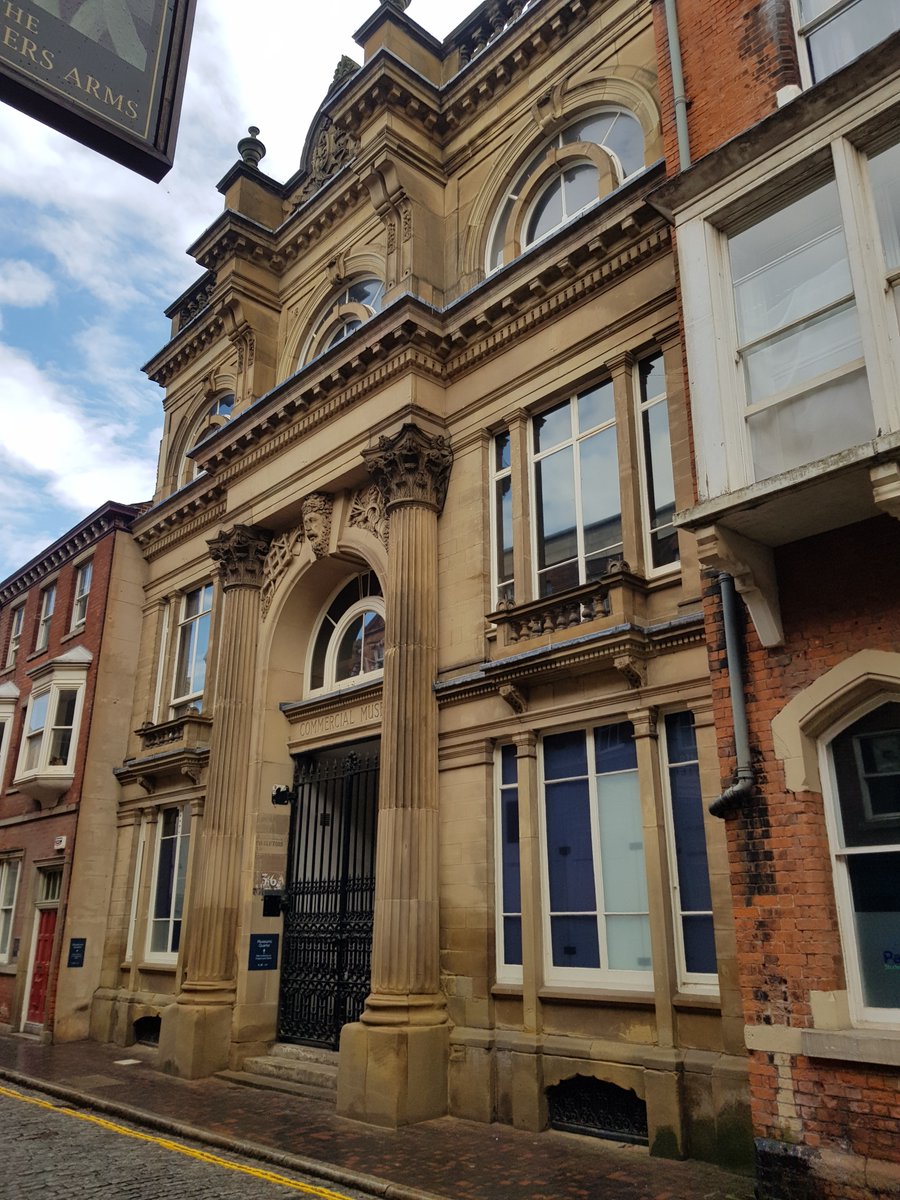
Hull’s fishing industry can be traced back to the 12th century. In 1160, the Monks of Meaux Abbey, at Wawne near Beverley, were granted the right to fish in the estuary and the open sea outside the mouth of the Humber by King Henry II. Find out more here- thinglink.com/scene/13036670… 
